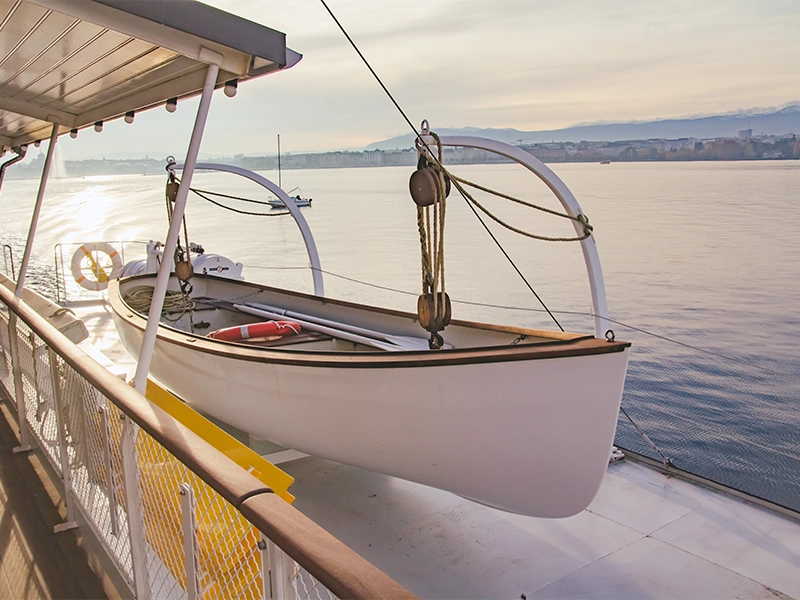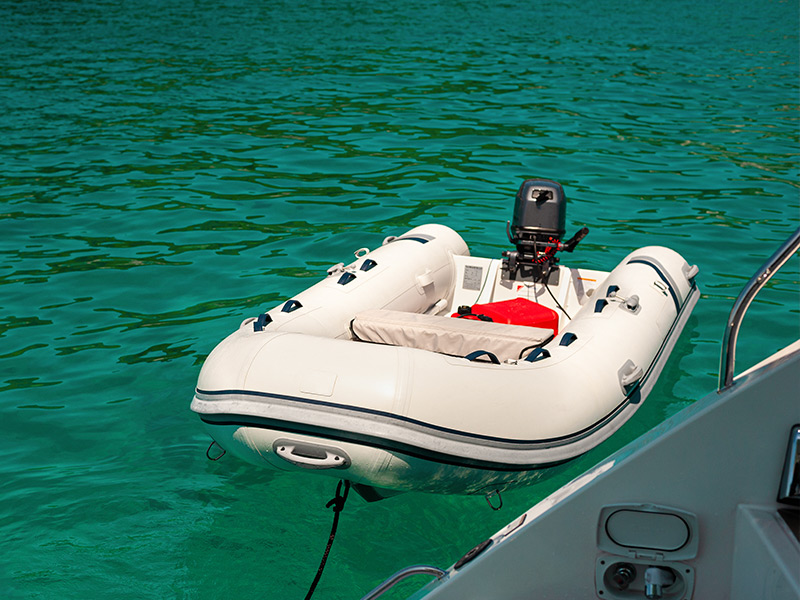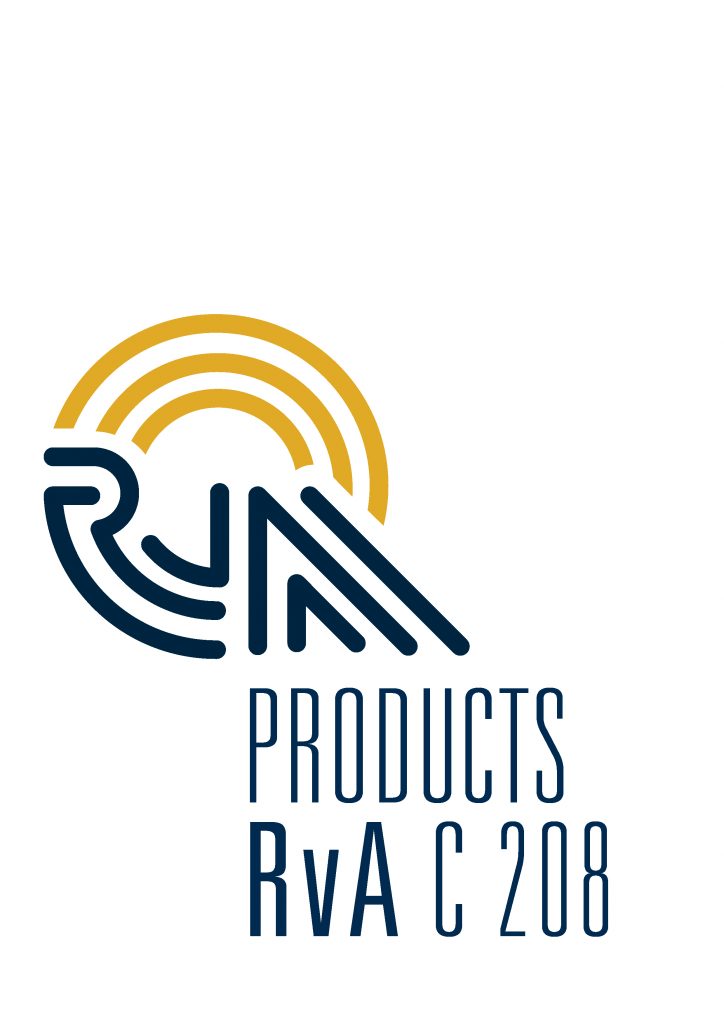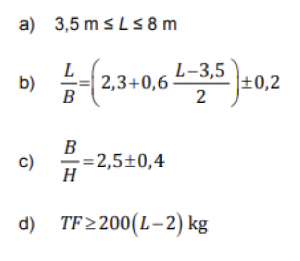
BIJBOTEN
Bijboten vormen een belangrijk middel waarmee personen die in het water terecht zijn gekomen, kunnen worden gered. Om een boot te gebruiken als bijboot voor de binnen vaart moet een boot zijn gecertificeerd volgens de norm NEN-EN 1914:2016.In deze norm zijn alle eisen en testen omschreven waaraan een
bijboot moet voldoen en welke testen er moeten worden uitgevoerd om dit aan te tonen. DCI is geaccrediteerd om een boot te beoordelen volgens de NEN-EN 1914:2016 en deze indien er aan alle eisen wordt voldaan te certificeren als bijboot voor de binnenvaart. Hierbij geeft DCI een type certificaat af aan de bouwer dat aantoont dat de bijboot voldoet aan de eisen.
Een aantal belangrijke eisen uit de NEN-EN 1914:2016 zijn hieronder omschreven.
Hiermee kan een eerste controle worden gedaan om te kijken of de boot voldoet aan de gestelde eisen. Maar het is altijd raadzaam om de volledige norm NEN-EN 1914:2016 door te nemen om een goed beeld te krijgen wat de eisen zijn die er gesteld worden.

Design check!
| Symbol | Meaning | Unit of Measurement |
| AR | Reserve Buoyancy | kN |
| B | Overall Breadth | m |
| Fb | Freeboard | m |
| FR | Residual Freeboard | m |
| H | Height measured at 0,5 L from lower edge of hull to upper edge of boat’s side | m |
| L | Overall Length | m |
| TF | Deadweight | kg |
| V | Boat Volume | m³ |
The main dimensions and the deadweight TF shall conform to the following ratios:
1 The freeboard Fb of the fully equipped boat loaded to its deadweight shall be at least 0,25 m.
2 The boat volume V shall be determined by Simpson’s rule or by another equivalent method and shall be at least 1,5 m3 or the product of L × B × H shall be not less than 2,7 m3.
3 Reserve buoyancy AR The buoyancy of the boat shall be ensured by buoyancy units. The reserve buoyancy AR of the unmanned flooded boat shall be at least: AR ≥ 0.3 kN/m3 × L × B × H The reserve buoyancy shall be distributed evenly throughout the boat.
4 The stability is regarded as adequate if a residual freeboard of at least 0,1 m remains on a fully equipped boat
5 The permissible number of persons depends on the deadweight, boat volume and number of seats. Boats shall be provided with seats for at least three persons. At least 0,4 m3 of boat volume, 0,45 m seat width and 100 kg deadweight shall be provided for each person. The lowest value is the decisive one. The depth of the seating area on benches, seats or buoyancy units shall be at least 0.45 m and on thwarts at least 0,25 m.
6 Materials shall be resistant to sea water and mineral oil or they shall be permanently protected and weatherproofed accordingly. Materials shall be resistant to UV light and resistant to temperatures from – 20 °C to +70 °C. Materials for the hull shall be flame-retardant (at least B 15 according to IMO Resolution MSC 61 (67)). In the case of fibreglass-reinforced plastics, proof is required both for the material and for the laminate assembly. Materials for inflatable boats shall meet the requirements of EN ISO 6185 in accordance with their motor rating

